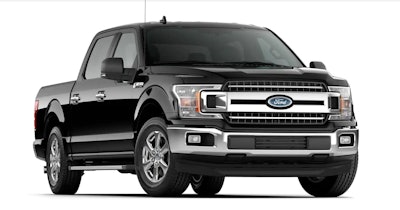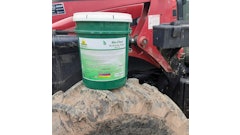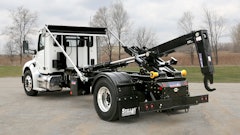
Modern cars, SUVs and pickup trucks offer sophisticated high-performance gasoline-powered engines which are more efficient, with many requiring low viscosity motor oil to meet the needs of vehicle manufacturers. This includes oils such as 5W-20, 0W-20 and even 0W-16.
Newer engines have been designed with tighter tolerances, and many are gasoline direct injected (GDI) and turbocharged direct injected (TGDI). Advanced motor oils are required to ensure these engines operate efficiently. Several years ago, automakers requested that more robust engine oils be developed that would be capable of meeting the needs of current and future gasoline engines.
Working with the auto industry, oil marketers, additive companies and others, the American Petroleum Institute (API) developed new performance standards to meet the needs of people who use their vehicles every day for work and leisure activities.
Following a rigorous development process, new engine oils will be available this spring. The new oil standards known as ILSAC GF-6A, ILSAC GF-6B and API SP will be licensable under API’s engine oil program beginning May 1, 2020. The new standards are the latest in a line of steadily more stringent performance specifications and will replace the existing ILSAC GF-5 and API SN standards.
Choosing the Correct Motor Oil
It’s easy to choose the correct oil for a gasoline-powered car, truck or SUV. New GF-6A oils are backward compatible with and replace current GF-5 oils and older oil standards and in viscosities as low as 0W-20. GF-6B oils are backward compatible with and replace 0W-16 oils meeting API SN performance and are intended for gasoline engines requiring 0W-16 oils. A third standard that not only includes the new ILSAC specifications, but also covers engine oils that are intended for uses not covered by the ILSAC specifications, has been approved as API Service Category SP and is backward compatible with API SN oils.
New Oils Offer Performance and Fuel Economy Improvements
The new standards specify more stringent engine oil performance requirements for spark-ignited internal combustion engines. During the process, seven new or replacement engine tests were developed, evaluated, and measured for precision, and companies ran tests to demonstrate that oils can meet the more stringent requirements. The new tests include the first ever timing chain wear test and a new test to measure fuel economy improvement provided by very low-viscosity engine oils. The standards also include a test designed to protect against a phenomenon experienced by some gasoline engines known as low speed pre-ignition (LSPI).
When It’s Time for an Oil Change
Automotive and other retailers as well as oil change locations will have the new oils available beginning in May. Be sure to look at the bottle for the API Certification Mark, also known as the “Starburst” and for the API Service Symbol, also known as the “Donut.” The Donut will show the viscosity grade and the standards it meets.
When having the oil in a vehicle changed, API recommends the following check list:
- Use the viscosity recommended in your vehicle’s owner’s manual.
- Know the performance level recommended by your vehicle manufacturer. Oils certified as meeting API standards are easy to spot – just look for the API Starburst or API Donut. Confirm the brand, viscosity, and performance level of the oil before it’s poured in your car or truck.
- Make sure the oil change includes a fresh filter.
- Double-check the receipt to confirm that the service provider poured the motor oil you asked for and that it meets your manufacturer’s recommendation.
- Write down the mileage and date you had your oil changed. Check your owner’s manual for recommended change intervals.
This article was written by Jeffrey Harmening, American Petroleum Institute, Manager – EOLCS/DEF/MOM. API is committed to making sure consumers receive high-quality motor oils for their engines. For more information please visit Motor Oil Matters.



















![U8kj71gt 720[1]](https://img.greenindustrypros.com/mindful/acbm/workspaces/default/uploads/2025/10/u8kj71gt-7201.8OyDyc124u.jpg?ar=16%3A9&auto=format%2Ccompress&fit=crop&h=135&q=70&w=240)
